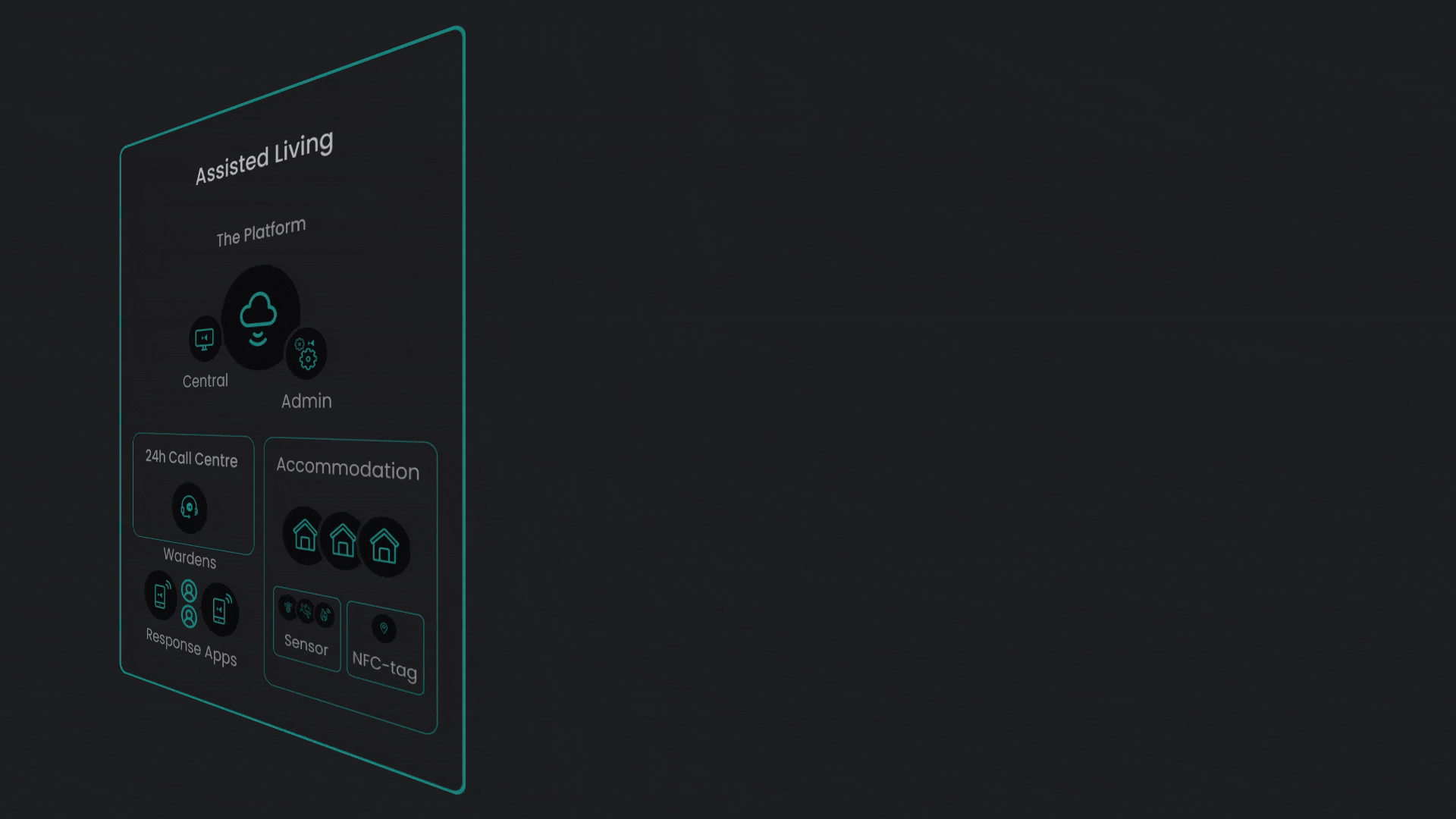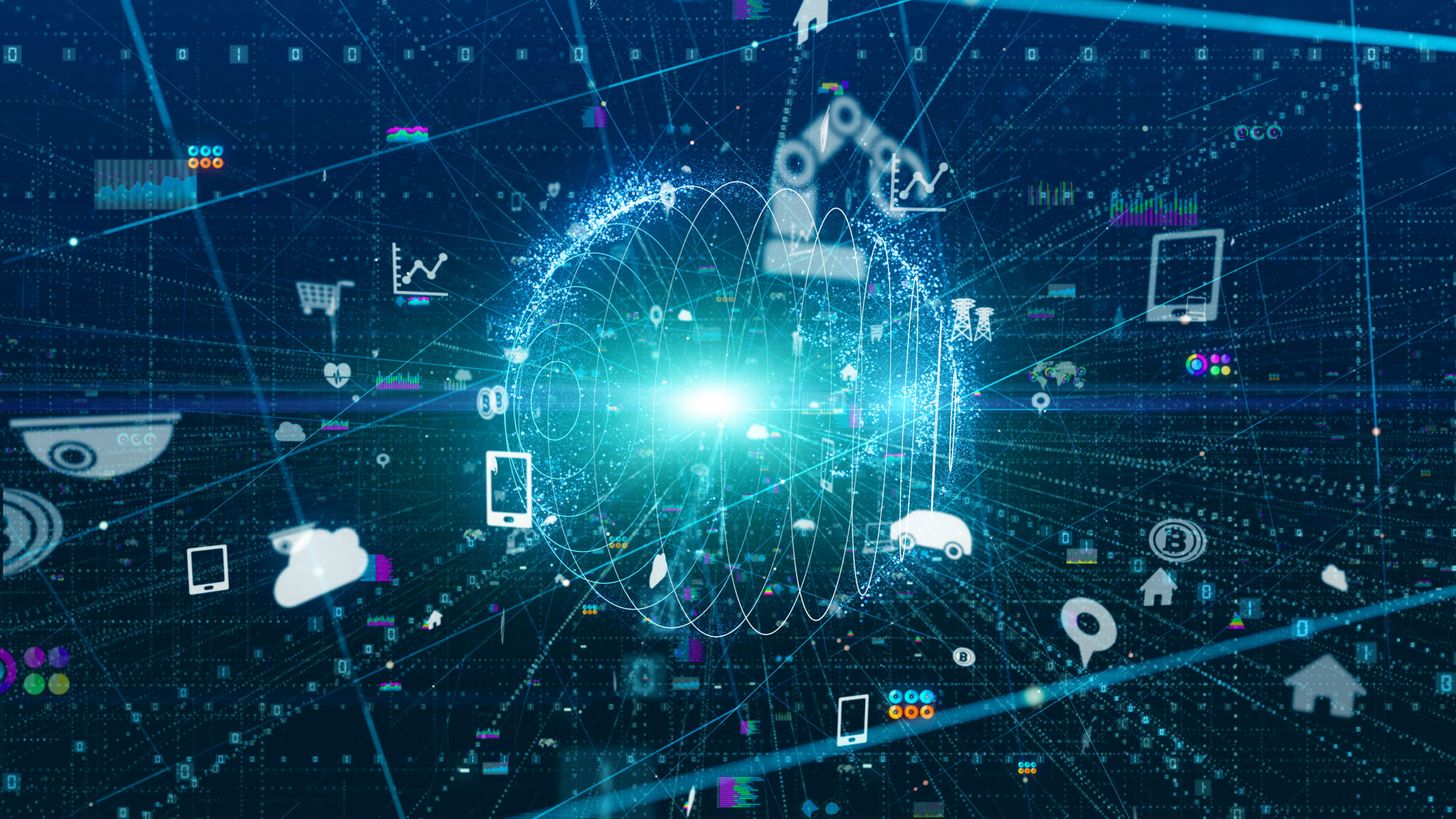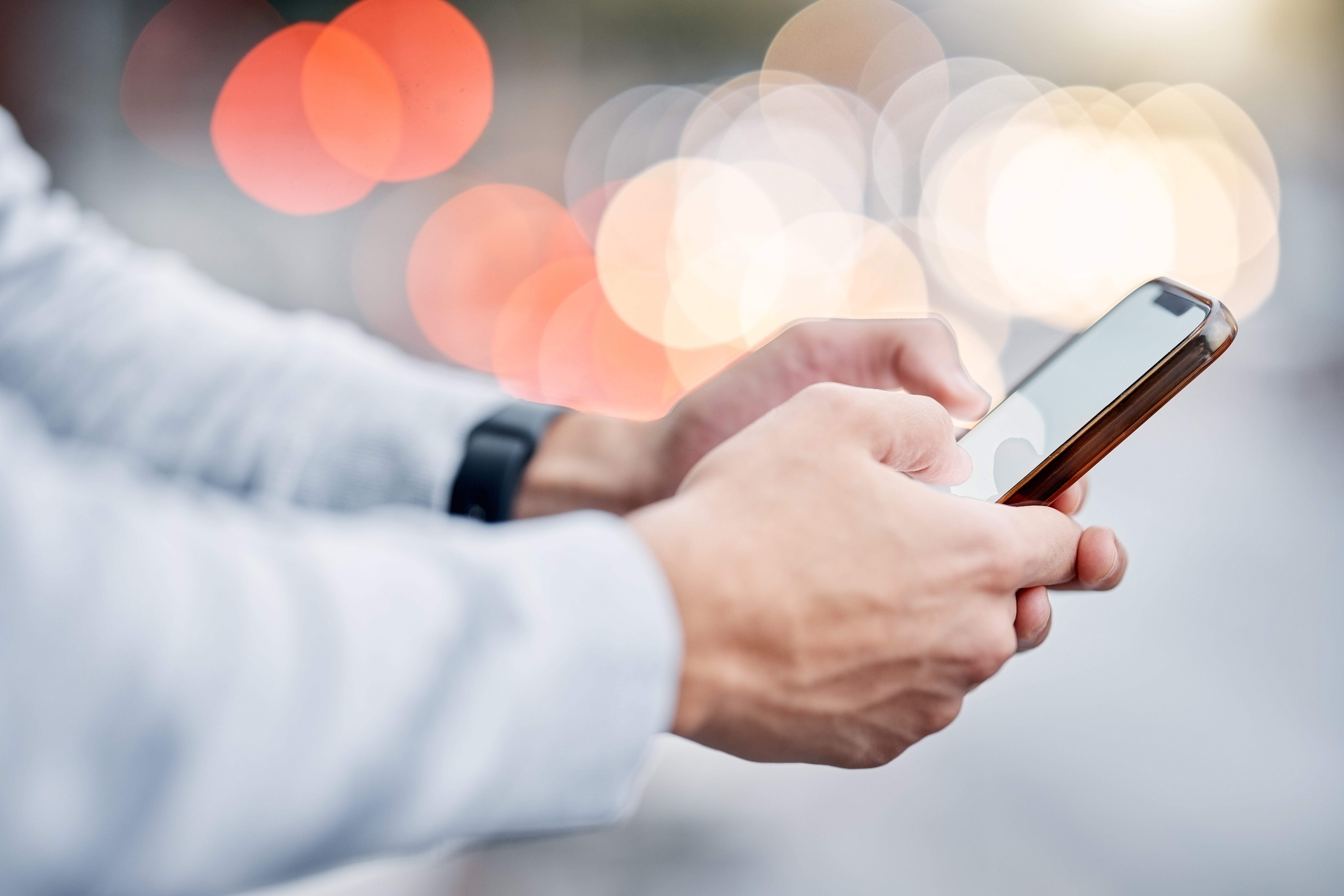Over the last decades, technology in healthcare has gone through a constant development, and changed the landscape of telecare, with the result of providing more options for both care receivers and care providers. The upcoming complete analogue switch-off in the United Kingdom in 2025 means that providers in the care industry now are moving away from analogue solutions, and gradually transitioning to fully-digital systems and solutions. Nursing homes are also implementing solutions that benefit the carers as well, resulting in a greater quality of care being provided for the clients.
Undeniably, technology enabled care is moving towards the right direction, thanks to innovations that seek to address the needs of carers, care providers, and care receivers. Among these innovations is the utilisation of the Internet of Things, or IoT in healthcare.
Read more: Analogue to Digital Transition: What are the Risks of Using Analogue Care Alarms?
What exactly is the Internet of Things, or IoT?
Generally speaking, the IoT, describes a system or network of physical objects (the “things”) that are attached to sensors, software, and other technologies and systems that allow these devices to connect, communicate, and exchange data over the Internet or various other communication networks.
In short, IoT devices are connected to a network, allowing them to exchange and send data, or even carry out specific instructions.
Since its initial development, IoT has constantly been progressing and has many uses today in healthcare, such as the use of IoT-enabled devices for remote monitoring, wearable devices, and even for tracking hospital and medical equipment such as defibrillators, wheelchairs, and oxygen pumps, among others.
Applications of IoT in healthcare and elderly care
As previously mentioned, the IoT and the IoT-enabled devices have many functions in healthcare, more specifically, in smart care. Due to the flexibility of the technology available today, these uses and implementations span from applications for patients, physicians, and hospitals.
As follows are some of the most common and significant applications of the IoT in healthcare:
- Wearable IoT devices – these devices can be worn by the patients and care receivers to reliably and constantly track their status, alerting care providers and response centres in the event of an emergency. Aside from this, the data collected through these devices can also be used to potentially predict and catch the early signs of an illness, since any irregularities in the data collected can be seen.
- Fall detection radars and sensors – another important application of IoT in elderly care is the use of fall detection radars and sensors. These devices and monitoring systems are able to reliably detect if there are any unusual movements, or movements indicative of a fall or an emergency. Moreover, more advanced applications that use artificial intelligence can also learn the habits of the patients, allowing these devices to detect any unusual behavioural changes that are occurring among the users.
- Improving the working environment in nursing homes – some nursing homes are already utilising devices that address challenges faced by the staff. These can come in the form of wearable alarm devices that are being implemented with a mobile app, allowing the carers to respond to alarms and monitor the care receivers without relying on stationary alarm buttons. Ultimately, such solutions provide care receivers with more freedom in nursing homes while also transforming the workflow of the staff into a much more seamless and streamlined process.
Security in IoT – a crucial challenge in healthcare
Due to the complex and advanced nature of the IoT, one of the most significant and major challenges is building a secure system that can run reliably, avoiding hiccups that could disrupt operations or even compromise sensitive and confidential information. This is especially important and significant in the healthcare industry, since most of the time, the information being stored in these systems is confidential patient data.
Since IoT devices and systems are connected to the internet, they could – because of the confidential information – be susceptible to security attacks, and unsecure networks and devices could be exploited, resulting in stolen data; or other attacks that prevent these devices and systems from working as intended. Therefore it’s crucial to have security solutions and processes in place to defend against these threats, preventing attacks that could disrupt your operations. Again, this is especially crucial in the healthcare industry since some of these IoT-enabled devices are also being used to monitor the vital signs of patients in real-time.
While the security concerns posed by IoT-enabled devices and systems may sound frightening, the challenges mentioned can be addressed accordingly through proper implementation of different smart solutions, complete with the necessary precautionary measures. To be utilising a capable and secure cloud-based platform is the most important and also very effective step in preventing security breaches.
Utilise modern smart care solutions today with Skyresponse
Given the significance of the IoT in today’s healthcare landscape, partnering with a capable and reliable platform provider is of utmost importance, as they allow you to make the most out of modern solutions and implement them to fit your specific needs. Skyresponse can provide you with a 100% cloud-based, future-proof, and fully scalable and secure platform. With the prevalence of security challenges with these IoT and IoT-enabled devices, the security features of the Skyresponse platform allow providers to implement these modern solutions with confidence.





